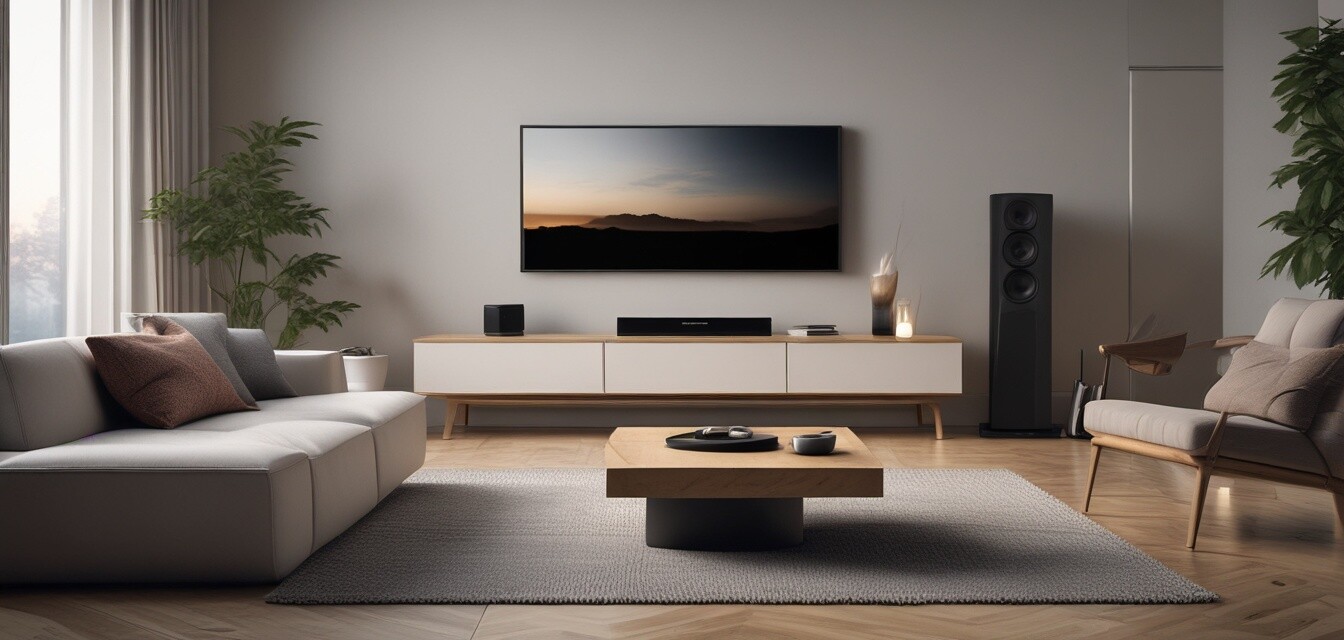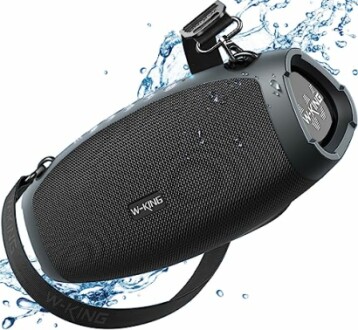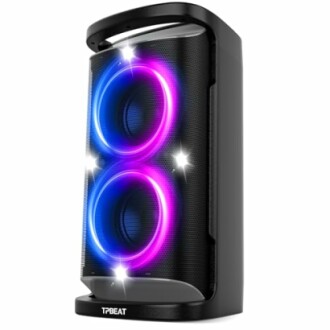
Essential Considerations for Selecting Subwoofers
Key Takeaways
- Understand the importance of subwoofers for bass enhancement.
- Consider the specifications like frequency response and power output.
- Evaluate space and size requirements for optimal audio performance.
- Assess various connectivity options based on your devices.
- Budget wisely to find the best value subwoofer for your needs.
Selecting the perfect subwoofer can greatly enhance your audio system's depth and clarity, ensuring an immersive listening experience. Whether you're setting up a home theater or upgrading your sound system for music playback, understanding the essential factors in choosing a subwoofer is crucial. In this guide, we will explore key aspects to consider, including specifications, placement, and connectivity options. Let’s dive in!
Why You Need a Subwoofer
A subwoofer is designed to reproduce low-frequency sounds, typically below 200 Hz, which standard speakers often struggle with. These sounds can add depth to music and create an immersive experience when watching movies. Without a subwoofer, many details in audio are lost, impacting your overall enjoyment.
Key Specifications to Look For
| Specification | Description | Why It Matters |
|---|---|---|
| Frequency Response | The range of frequencies the subwoofer can reproduce. | A wider range means you'll enjoy deeper bass sounds. |
| Power Output | Measured in watts; indicates how powerful the subwoofer is. | Higher wattage provides louder sound without distortion. |
| Driver Size | The diameter of the subwoofer's speaker cone. | Larger cones tend to produce deeper bass frequencies. |
| Type of Enclosure | Sealed vs. ported designs. | Sealed enclosures produce tighter sound, while ported designs can enhance bass response. |
Placement Considerations
The placement of your subwoofer can significantly affect sound quality. Here are some tips:
- Corner Placement: Placing the subwoofer in a corner can amplify the bass but may cause muddiness.
- Wall Proximity: Position near a wall for enhanced bass response while avoiding direct contact.
- Testing Position: Move the subwoofer around and listen to different spots to determine the best location.
Connectivity Options
Different subwoofers offer various connectivity options. Here are the most common:
- Wired Connections: Use RCA cables for a stable connection.
- Wireless Connections: Bluetooth or Wi-Fi options provide flexibility without wires.
- Speaker Level Inputs: Allows connection to stereo receivers without dedicated subwoofer outputs.
Popular Subwoofers to Consider
W-KING Portable Loud Bluetooth Speaker
The W-KING speaker features a 120W peak power output and a waterproof design, perfect for parties and outdoor use.
Explore NowConsider looking into subwoofers such as the TPBEAT Portable Bluetooth Party Speaker. It offers incredible sound quality combined with an exciting light show, ensuring your gatherings are vibrant and lively.
TPBEAT Portable Bluetooth Party Speaker
This powerful speaker offers deep bass and extended battery life, perfect for outdoor events and gatherings.
See ProductBudget Considerations
When selecting a subwoofer, it’s crucial to set a budget. Prices can vary widely, so consider the following:
- Quality vs. Cost: Don’t sacrifice quality for a lower price.
- Warranty and Support: Look for brands that offer solid warranties.
- Listen Before You Buy: Whenever possible, test the subwoofer to ensure it meets your needs.
Final Thoughts
Choosing the right subwoofer involves considering various factors to enhance your audio experience. Understanding specifications, placement, connectivity options, and budget will guide you to make an informed decision. With the right subwoofer, you can immerse yourself in rich, deep sound that elevates music and movies alike.
Tips for Beginners
- Start with a moderate budget to find good quality options.
- Read online reviews and product comparisons to make better choices.
- Consider all factors: space, sound quality, and power needs.

